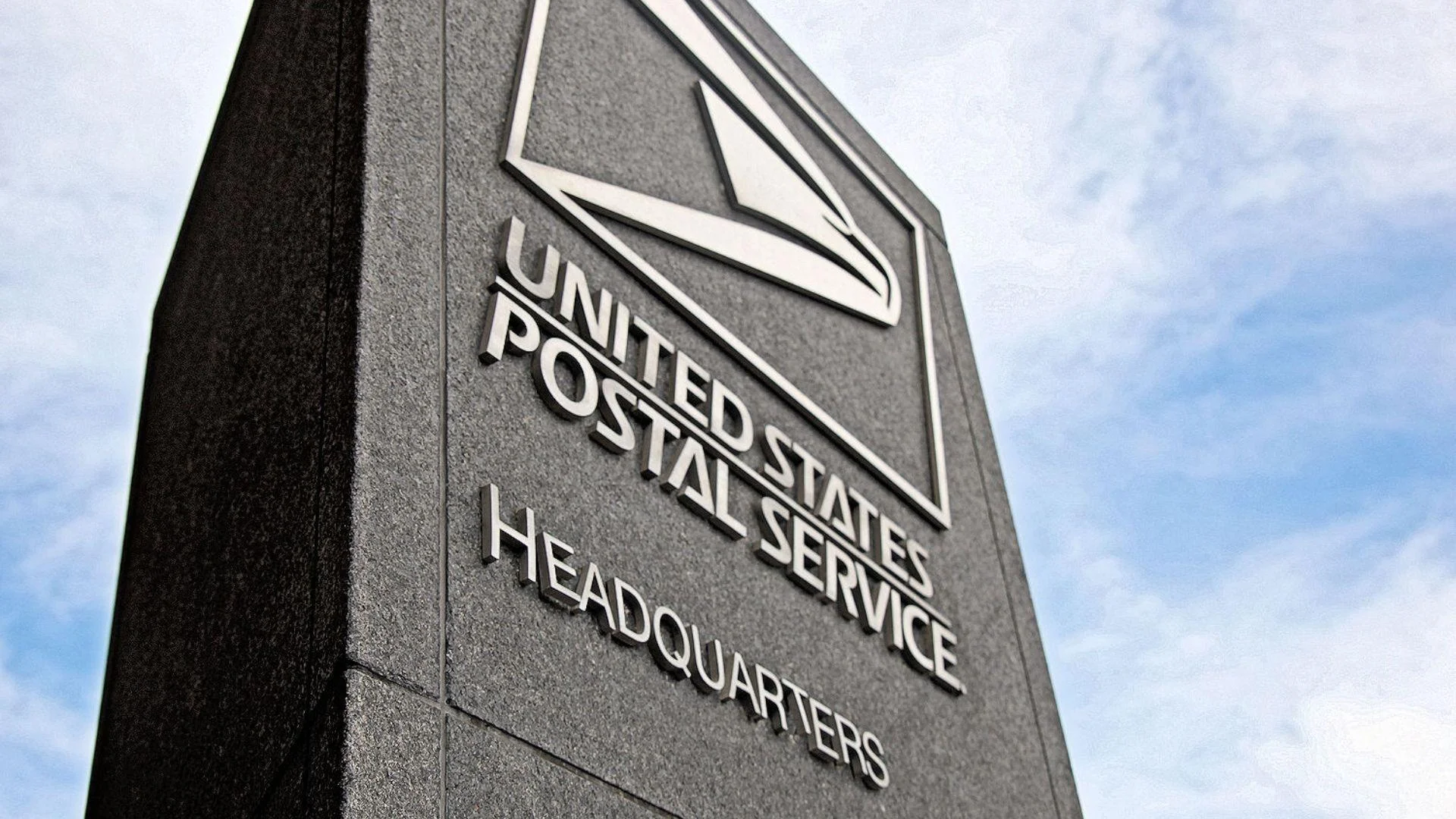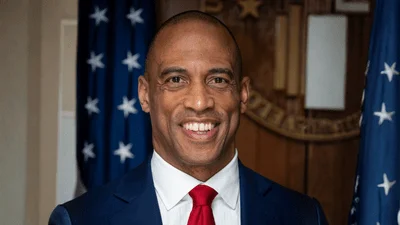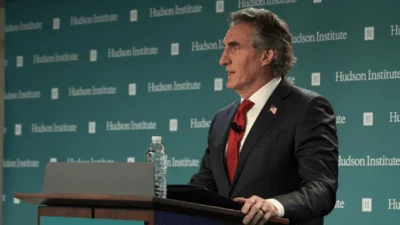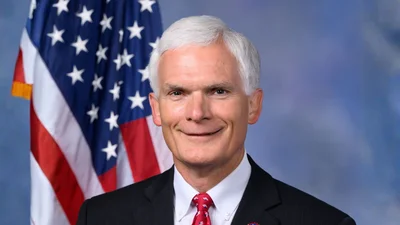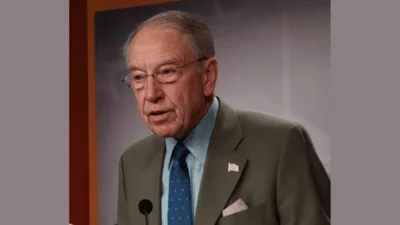As the U.S. Postal Service (USPS) struggles to modernize its aging mail truck fleet, critics are calling the Biden-era $10 billion electric vehicle (EV) plan a failure, pointing instead to veteran-owned Morgan Olson as a ready, American-made alternative.
In 2022, USPS awarded a $2.98 billion contract to Oshkosh Defense, a company with no working prototype or delivery vehicle experience, to produce 50,000 Next Generation Delivery Vehicles (NGDVs).
“Oshkosh is committed to making a difference in the lives of those who depend on our products and services to build, protect and serve communities around the world,” John Pfeifer, President & Chief Executive Officer, Oshkosh Corporation, said in press release when the company was awarded the contract.
However, the main beneficiary of the contract appears to be Oshkosh itself.
Despite receiving $482 million in federal subsidies and building a new plant, Oshkosh has delivered just 250 battery electric vehicles over more than two years, far short of the 3,000 expected by late 2024.
Both the New York Post and Washington Post have reported extensively on the program’s shortcomings, noting that only a fraction of the targeted 35,000 vehicles have been delivered.
Funded in part by $3 billion from the Inflation Reduction Act, the initiative has faced production delays, quality issues, and rising costs. Critics, including Republican lawmakers, are calling for remaining funds to be rescinded.
Sen. Joni Ernst (R-Iowa), in a report titled “Off The Rails: The Billion Dollar Boondoggles Taking Taxpayers for a Ride,” cited the USPS EV contract with Oshkosh as among the most wasteful federal projects.
“When the first vehicles were finally delivered, significant fixes were required before they were usable. Despite the delays, USPS agreed to pay higher prices for the vehicles,” Ernst’s report reads. “A person involved with the production admits, ‘This is the bottom line: We don’t know how to make a damn truck.’ That’s an important detail that should have been discovered before paying the company billions to do just that!”
Meanwhile, Morgan Olson, a veteran-owned manufacturer that built most of the USPS’s existing Long Life Vehicles, in April unveiled the Kestrel—a gas-powered, right-hand-drive delivery truck based on the Jeep Gladiator.
Many vocations appear to be seeking smaller applications for their delivery and service needs and we are excited to present the Kestrel as a work truck solution," Joe Rudolph, Vice President of Sales and Marketing at Morgan Olson, said in a press release announcing the Kestrel.
Unlike Oshkosh, Morgan Olson developed its Kestrel delivery vehicle without federal subsidies and is prepared to begin production at its 1-million-square-foot facility in Danville, Virginia.
The company’s proposal outlines delivery of 100,000 vehicles by 2029 at a projected cost of $5.5 billion, utilizing $26 million in startup support, significantly lower than the estimated cost of the existing electric vehicle initiative.
The Kestrel’s rollout coincides with President Donald Trump’s Executive Order 14154, which changed federal fleet electrification rules to focus on cost and practicality calling out “burdensome and ideologically motivated regulations.”
Morgan Olson officials say the project could support domestic manufacturing jobs while offering a practical, near-term solution to USPS’s aging delivery fleet.
The U.S. Postal Service has begun field testing five Kestrel units and a formal launch event is being considered for early 2026.
National Association of Letter Carriers Director Christopher Jackson noted the tests in the association’s August newsletter.
“I want to thank each carrier involved in these tests,” Jackson wrote. “Their input and cooperation has a significant impact on our craft.”
